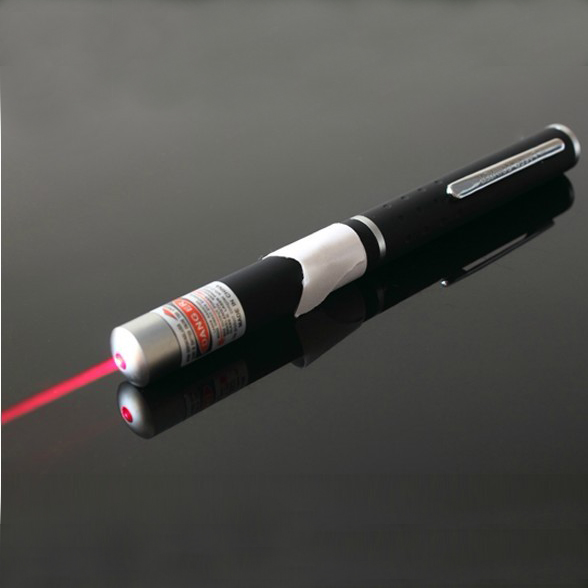In an electron microscope, electrons are excited by sharp metal tips, so they can be manipulated and controlled with high precision. Recently, such a metal tip is also used as a high-precision electron source for generating X-rays. A team of researchers from the Vienna University of Technology (Vienna), in collaboration with researchers from the University of Erlangen-Nuremberg (Germany), has developed an electron emission method with higher precision control than before. With the help of two laser pointer pulses, it is now possible to switch the flow of electrons on a very short time scale.
The basic idea is like a lightning rod. The strongest point of the electric field around the needle is exactly at the tip of the needle. This is why lightning always hits the tip of a rod. For the same reason, electrons will stay on the tip of a needle. A needle with a very sharp structure can be prepared by modern nanotechnology methods. Their tip is only a few nanometers wide, so high precision can be achieved by emitting electrons at this point. In addition, the control at which point in time electrons are emitted is also important.
With a new method, this control over time has become possible, namely: “Two different laser pulses are fired at the metal tip,” explains Florian Libisch from the Vienna University of Technology. The colors of these two lasers are chosen so that the photons of such a laser have exactly twice the energy of the photons of the other lasers. At the same time, it is also very important to ensure the perfect synchronization of the light wave oscillation.
With the help of computer simulations, the research team at the Vienna University of Technology was able to predict that the tiny time delay between two laser pulses could act as an “electronic switch.” This prediction has been experimentally confirmed by the research team of Professor Peter Hommelhoff of the University of Erlangen-Nuremberg. On the basis of these experiments, it is now possible to understand this process in detail.
When a green laser pointer pulse is emitted at the tip of a metal, its electric field can cause electrons to split out of the metal, which is a well-known phenomenon. The new idea is that a combination of two different lasers can be used to control the emission of electrons on the femtosecond time scale. There are different ways to get an electron to get enough energy to leave the metal tip: it can absorb two photons from a high-energy laser or four electrons from a low-energy laser. Both mechanisms will have the same result.
